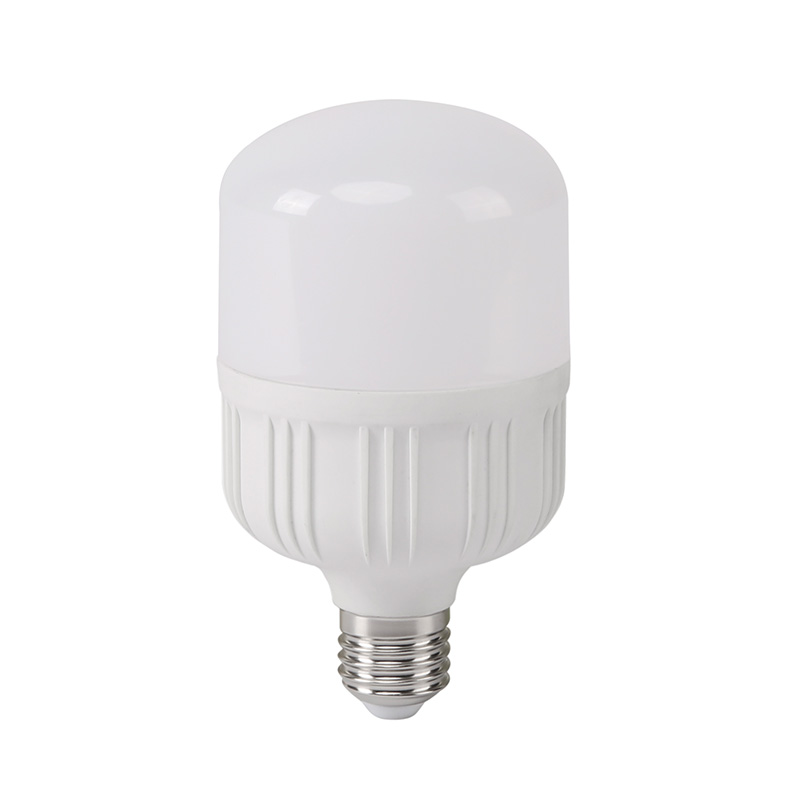 English
English-
 English
English -
 Español
Español -
 Português
Português -
 русский
русский -
 Français
Français -
 日本語
日本語 -
 Deutsch
Deutsch -
 tiếng Việt
tiếng Việt -
 Italiano
Italiano -
 Nederlands
Nederlands -
 ภาษาไทย
ภาษาไทย -
 Polski
Polski -
 한국어
한국어 -
 Svenska
Svenska -
 magyar
magyar -
 Malay
Malay -
 বাংলা ভাষার
বাংলা ভাষার -
 Dansk
Dansk -
 Suomi
Suomi -
 हिन्दी
हिन्दी -
 Pilipino
Pilipino -
 Türkçe
Türkçe -
 Gaeilge
Gaeilge -
 العربية
العربية -
 Indonesia
Indonesia -
 Norsk
Norsk -
 تمل
تمل -
 český
český -
 ελληνικά
ελληνικά -
 український
український -
 Javanese
Javanese -
 فارسی
فارسی -
 தமிழ்
தமிழ் -
 తెలుగు
తెలుగు -
 नेपाली
नेपाली -
 Burmese
Burmese -
 български
български -
 ລາວ
ລາວ -
 Latine
Latine -
 Қазақша
Қазақша -
 Euskal
Euskal -
 Azərbaycan
Azərbaycan -
 Slovenský jazyk
Slovenský jazyk -
 Македонски
Македонски -
 Lietuvos
Lietuvos -
 Eesti Keel
Eesti Keel -
 Română
Română -
 Slovenski
Slovenski -
 मराठी
मराठी -
 Srpski језик
Srpski језик
What is 60W Equivalent in an LED Bulb?
2025-04-18
When you walk into a store to buy a light bulb, you might see labels like “60W equivalent” on LED bulbs. But what does that mean? If you’re used to the old incandescent bulbs, this can be a bit confusing. Don’t worry—this blog will explain everything in simple terms so you can understand what “60W equivalent” really means and why it matters.
What is a Watt (W)?
First, let’s talk about watts. A watt (W) is a unit of power. It tells you how much energy a device uses. For example, a 60W incandescent bulb uses 60 watts of electricity to produce light. The higher the wattage, the more energy the bulb consumes.
But here’s the thing: watts don’t actually measure how bright a bulb is. They just tell you how much energy it uses. Brightness is measured in lumens (lm), which we’ll talk about later.

Why Are We Talking About LED Bulbs?
You’ve probably heard that LED bulbs are better than the old incandescent bulbs. That’s because LEDs (Light Emitting Diodes) are much more energy-efficient. They use less electricity to produce the same amount of light. This means you save money on your energy bill and help the environment by using less power.
But since people are used to thinking about brightness in terms of watts (like a 60W bulb), manufacturers came up with a way to make it easier to switch to LEDs. They label LED bulbs with their “equivalent” wattage. So, when you see “60W equivalent” on an LED bulb, it means the bulb gives off the same amount of light as a 60W incandescent bulb, but it uses way less energy.
If you are interested in our products or have any questions, please feel free to email us.

